
Find Help
More Items From Ergsy search
-
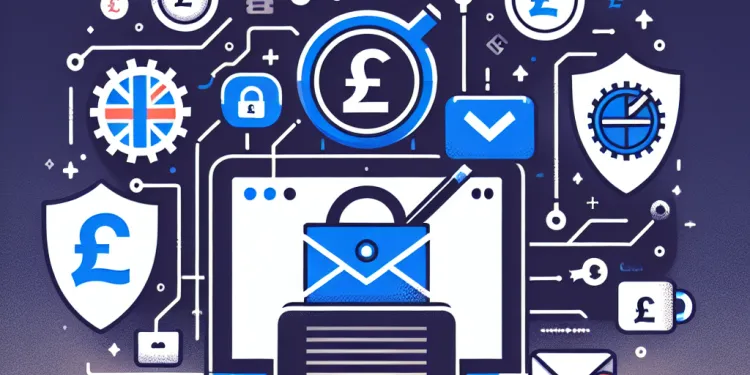
How can I recover a hacked email account?
Relevance: 100%
-
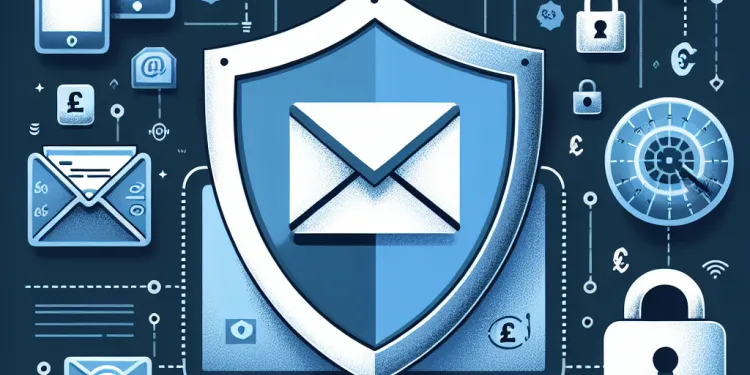
What is the risk of my contacts being compromised if my email is hacked?
Relevance: 66%
-

Should I contact my email provider if I suspect hacking?
Relevance: 66%
-

What are some signs that my email might be hacked?
Relevance: 65%
-
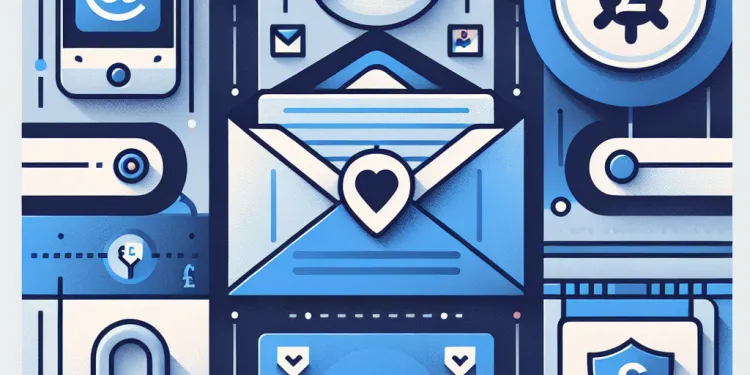
How do I know if my email has been hacked?
Relevance: 64%
-
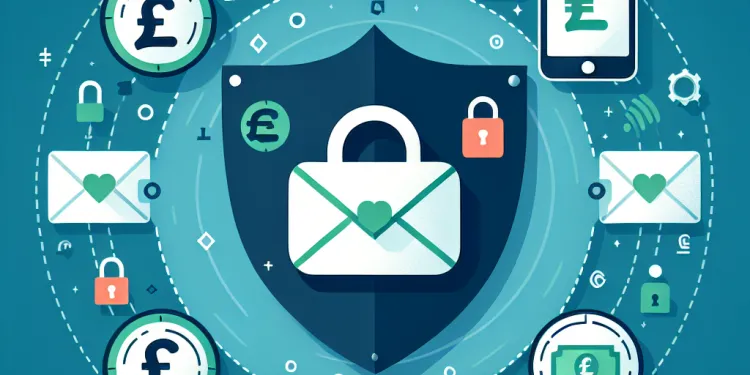
How can I secure my email after a hack?
Relevance: 63%
-
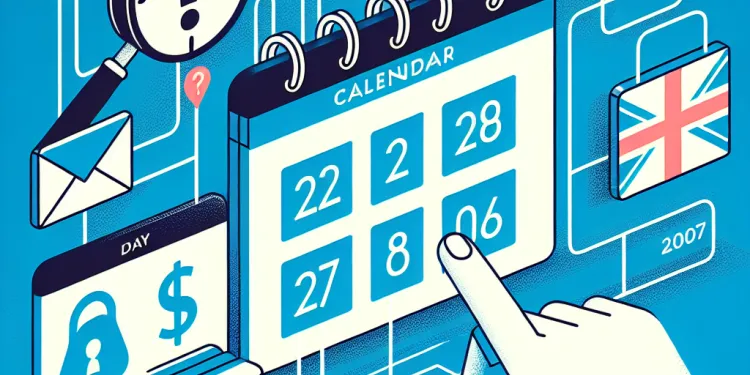
Can unexpected calendar events be a sign of a hacked email?
Relevance: 60%
-
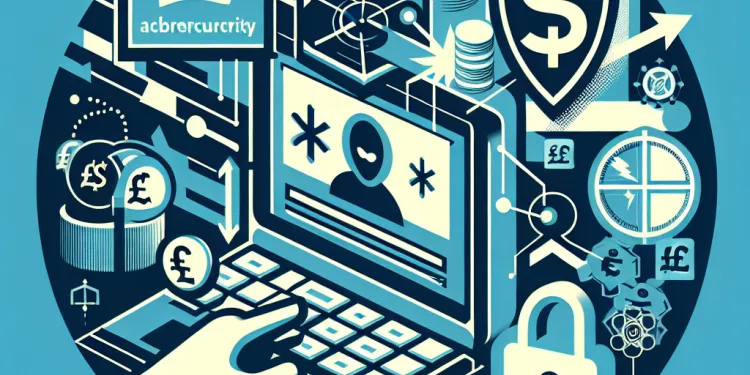
What are the risks of ignoring a hacked account?
Relevance: 59%
-

What signs indicate that my social media account might be hacked?
Relevance: 58%
-

How do I know if my social media accounts have been hacked?
Relevance: 57%
-

Will changing my password secure my hacked account?
Relevance: 57%
-
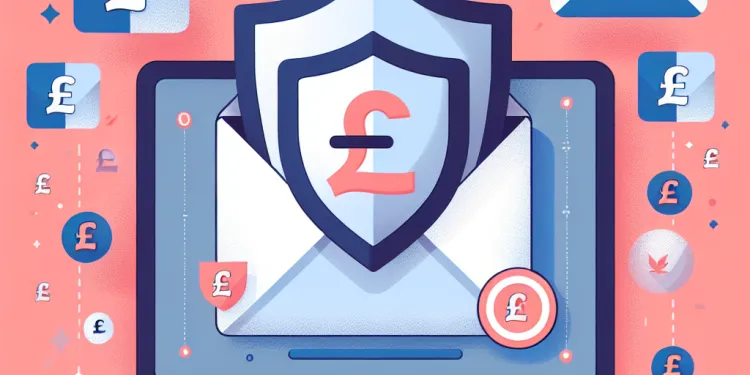
Can antivirus software protect my email from being hacked?
Relevance: 54%
-

Can Monzo or Revolut accounts be hacked easily?
Relevance: 54%
-

Can enabling two-factor authentication help if my email is hacked?
Relevance: 53%
-
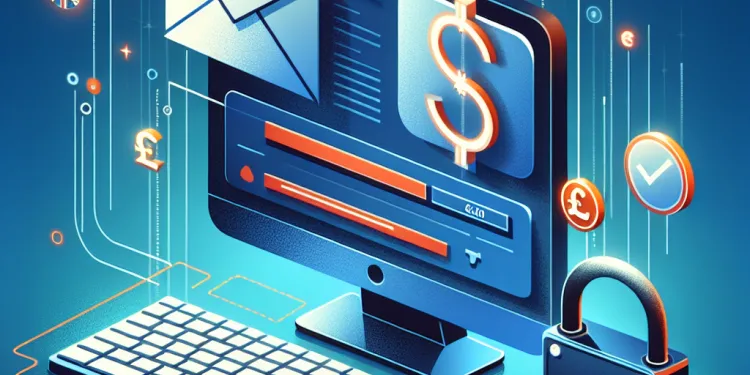
What should I do if I can't access my email account?
Relevance: 52%
-
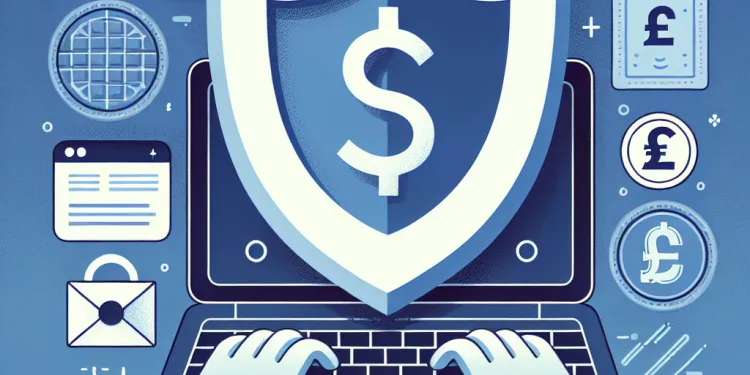
What preventive measures can I take to protect my email from being hacked?
Relevance: 49%
-
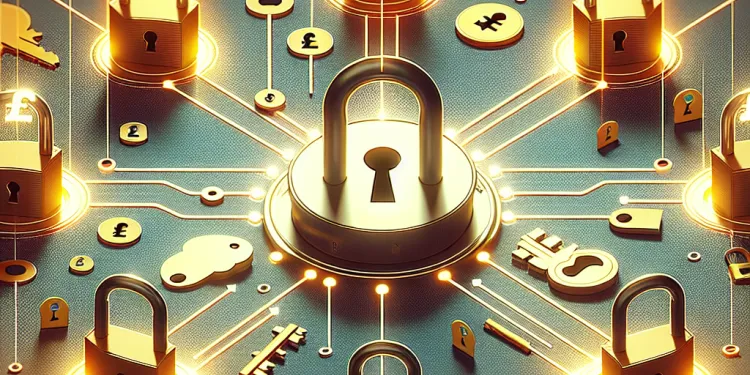
Can using the same password across accounts increase the risk of hacking?
Relevance: 47%
-

Should I report the hack to the social media platform?
Relevance: 46%
-
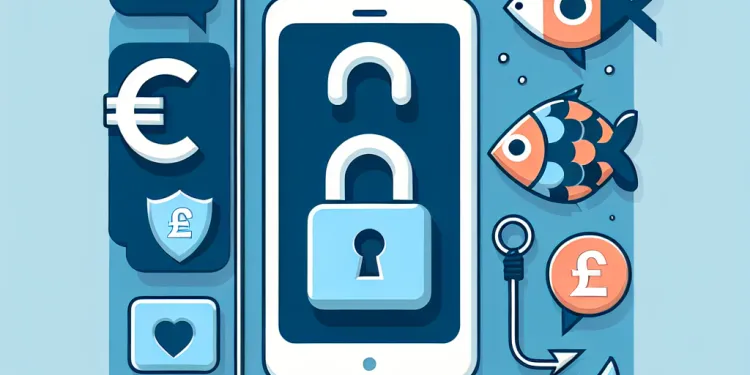
How can phishing attacks lead to social media hacks?
Relevance: 43%
-

How can I check recent login activity on my email account?
Relevance: 42%
-
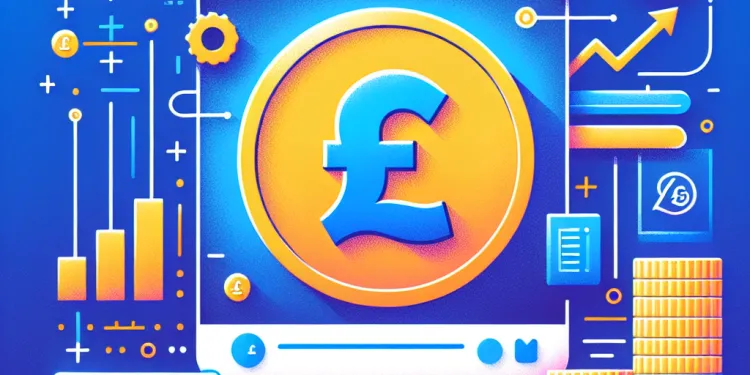
How do I know if my password has been hacked?
Relevance: 42%
-
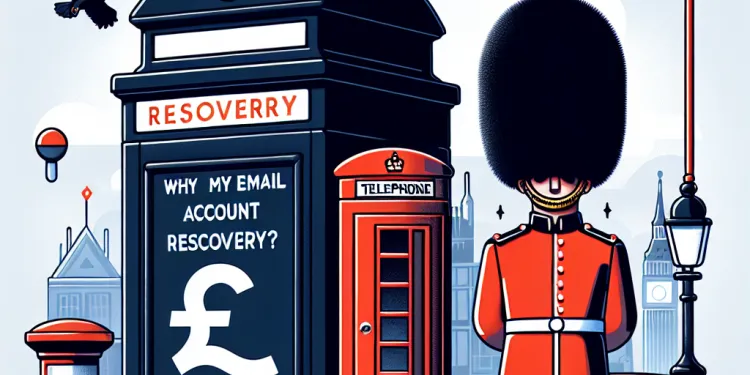
Why have my email account recovery options changed without my knowledge?
Relevance: 41%
-

Why does my email appear to be sending spam?
Relevance: 39%
-
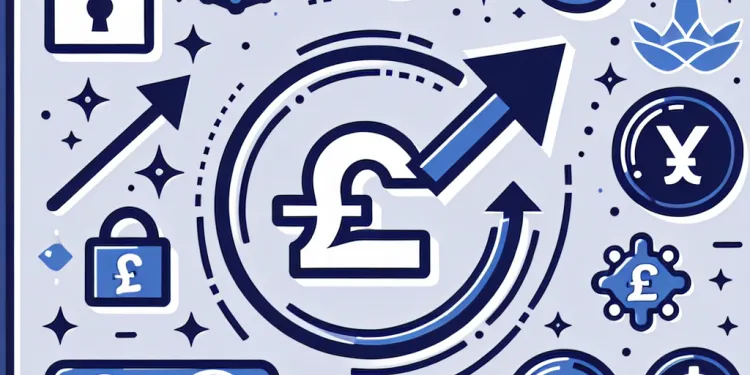
Can a sudden decrease or increase in followers indicate a hack?
Relevance: 39%
-
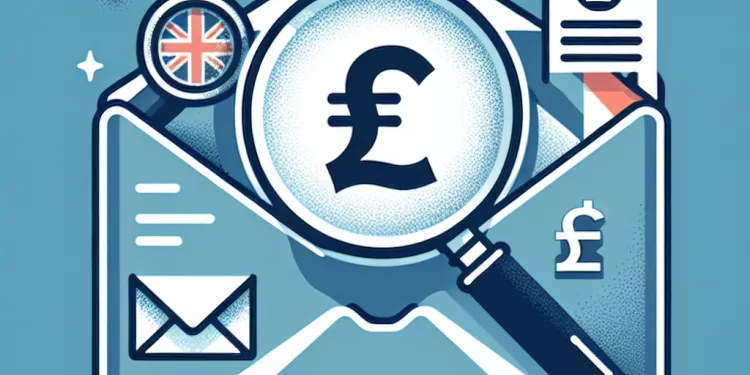
What should I do if I notice unfamiliar emails in my sent folder?
Relevance: 38%
-
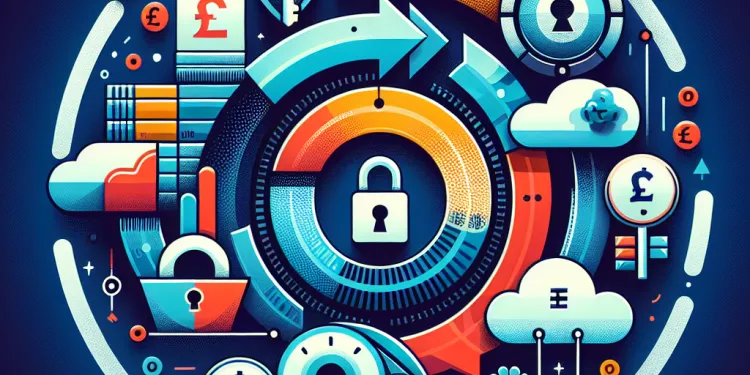
Why is it important to update my account recovery information?
Relevance: 37%
-

Why am I receiving password reset emails I didn't request?
Relevance: 37%
-

How do I secure my online accounts?
Relevance: 36%
-
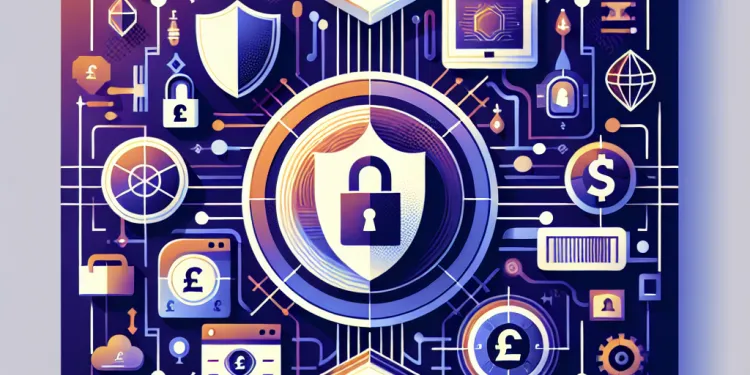
What steps can I take to prevent future hacks?
Relevance: 35%
-
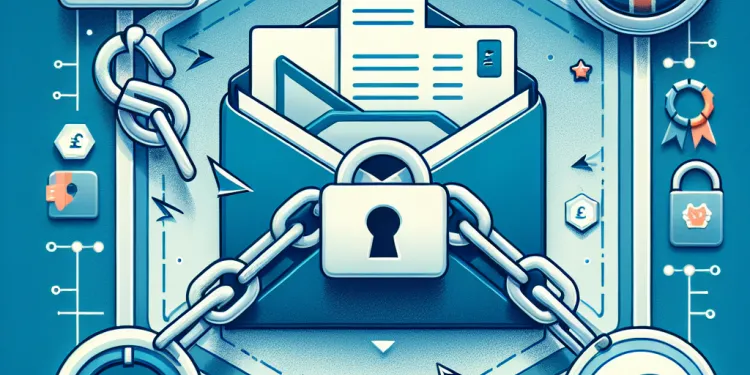
Why are emails often targeted in data breaches?
Relevance: 34%
-

Why are there login attempts from unfamiliar locations in my email activity?
Relevance: 34%
-
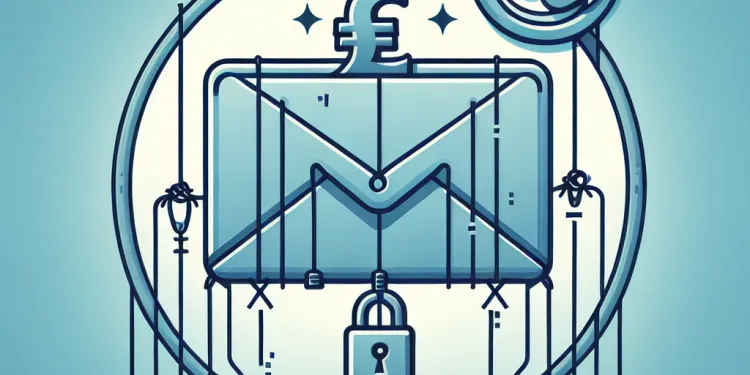
What should I do if I suspect my email has been compromised through phishing?
Relevance: 31%
-

What should I do if I can't log into my account anymore?
Relevance: 31%
-
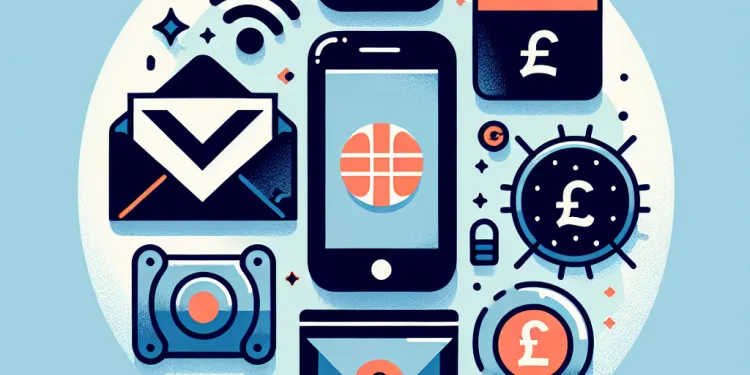
Is it safe to use public Wi-Fi to check my email?
Relevance: 30%
-

Why am I not receiving expected emails?
Relevance: 30%
-
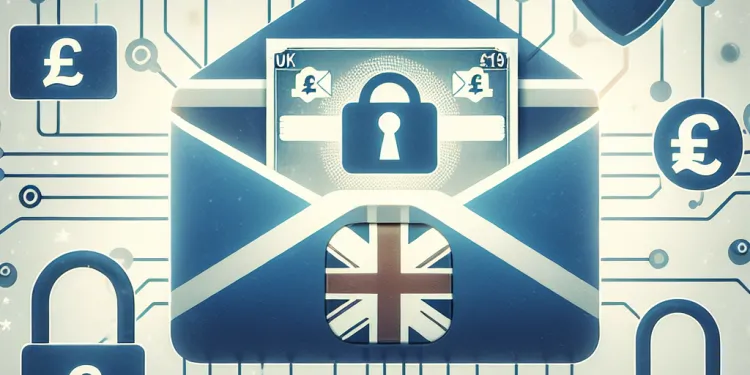
What signs indicate that my email filters may have been tampered with?
Relevance: 30%
-
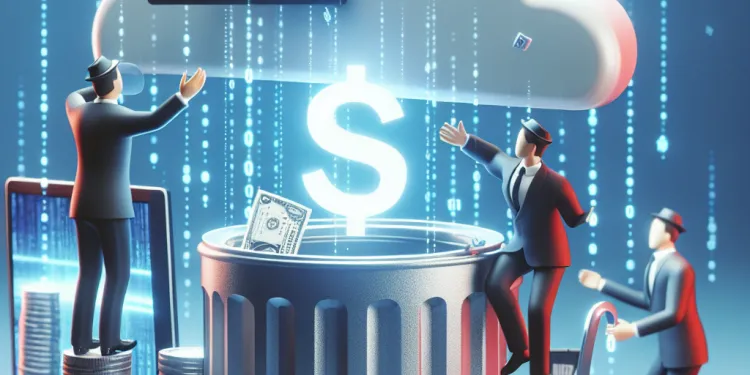
Can I recover data once it has been breached?
Relevance: 28%
-

Don't Click On That Email (SPAM & SCAMS)
Relevance: 28%
-

Will HMRC contact me via phone or email regarding my tax refund?
Relevance: 28%
-

Can I get updates on my immigration status via email?
Relevance: 28%
Step 1: Identify the Hack
If you suspect that your email account has been hacked, swift identification is crucial. Signs of a breach include an inability to log in, receiving password reset notifications, unusual login locations, or noticing unfamiliar emails sent from your account. If these apply, proceed with recovering your account.
Step 2: Secure Your Device
Ensure your device is free from malware, as hackers often use these to gain access. Run a complete anti-virus and anti-malware scan on your computer or smartphone. Remove any suspicious applications or files. Updating your software and operating system can also help patch vulnerabilities that might have been exploited.
Step 3: Change Your Password
Attempt to access your email account and change your password immediately. Choose a strong password that includes a mix of letters, numbers, and symbols. If you can't access your account due to password changes, try using the email service's password recovery option, which usually involves answering security questions or using a backup email or phone number connected to your account.
Step 4: Use Account Recovery Options
Most email providers, such as Gmail, Outlook, or Yahoo, have tailored recovery processes. For instance, Gmail offers a step-by-step recovery tool to help regain access by verifying your identity. If you're unable to recover your account using standard procedures, contact the email provider's support team for further assistance and provide them with any requested information to prove your identity.
Step 5: Enable Two-Factor Authentication
Once you've regained access, add an extra layer of security by enabling two-factor authentication (2FA) on your email account. This process typically involves receiving a code on your mobile device whenever you attempt to log in, ensuring that even if someone has your password, they won't easily gain access without the second factor.
Step 6: Check Account Settings
After securing your account, inspect your account settings for changes made by the hacker. Look for any unfamiliar forwarding addresses, third-party app connections, or filters that could redirect emails. Check your recent activity logs to see if there was any unauthorized access and from where.
Step 7: Inform Your Contacts
It's wise to inform your contacts about the breach. Hackers often use compromised accounts to send phishing emails to your contacts. A heads-up will prevent your friends, family, or colleagues from falling victim to any scams that might be sent from your account.
Step 8: Monitor Any Related Accounts
Check other online accounts associated with your email for unauthorized access, as emails might contain links to other sensitive information. Change the passwords for these accounts, especially if they’re similar to your previous email password.
Conclusion
Recovering a hacked email account requires prompt action and vigilance. By following the steps outlined above, you can secure your account and reduce the risk of future breaches. Regularly updating your passwords and enabling features like 2FA will strengthen your defense against potential threats.
Step 1: Spot the Problem
Think your email got hacked? You need to know quickly. Some clues are: - You can't log in. - You get messages about password changes. - You spot strange places where logins happened. - Your account sends emails you didn't write. If these things happen, you need to fix your account fast.
Step 2: Make Your Device Safe
Check your computer or phone for bad software. Hackers use these to sneak in. Run antivirus and antimalware scans. Take away any strange apps or files. Update your software to fix weak spots hackers might use.
Step 3: Change Your Password
Try to log in and change your password right away. Make a strong password with letters, numbers, and symbols. If you can’t get in, use the email service’s "forgot password" option. You might need to answer questions or use a backup email or phone number.
Step 4: Use Help to Get Your Account Back
Email services like Gmail or Yahoo have special ways to help you get your account back. For example, Gmail has a tool that walks you through steps to prove who you are. If you need more help, contact the email support team and give them info to show it’s really you.
Step 5: Add Extra Account Safety
When you can use your email again, add more security. Turn on two-factor authentication (2FA). This means you’ll get a code on your phone every time you try to log in. So, even if someone knows your password, they can't get in without the code.
Step 6: Check Your Account Settings
Look at your email settings for changes made by hackers. Check for: - Strange email forwarding addresses. - Apps connected that you didn’t do. - Filters that might move your emails. Look at your recent sign-ins to see if someone else was logging in without you knowing.
Step 7: Tell Your Friends
Let your friends, family, or colleagues know that your account was hacked. Hackers often use your account to send bad emails to people you know. Telling them helps prevent your loved ones from falling for tricks or scams.
Step 8: Watch Your Other Accounts
Looking at other online accounts linked to your email is important. Hackers may try them too. Change their passwords, especially if they were like your old email password.
Conclusion
To fix a hacked email, you need to act fast and carefully. Follow these steps to protect your account and stop future hacks. Change your passwords often and use 2FA for better security.
Frequently Asked Questions
How do I know if my email account has been hacked?
Signs include unusual activity, such as emails you didn't send, password reset requests, or unfamiliar devices accessing your account.
What is the first step to take if my email is hacked?
Immediately change your password using a strong, unique combination of letters, numbers, and symbols.
What should I do if I can't access my hacked email account?
Use the account recovery or 'Forgot Password' feature provided by your email service.
Should I inform my contacts if my email is hacked?
Yes, notify your contacts as they may receive spam or phishing emails from your compromised account.
How can I strengthen my email account security after a hack?
Enable two-factor authentication, use strong passwords, and update your security questions.
Can I recover emails that were deleted by a hacker?
Check your email service’s trash or recovery options to restore deleted emails.
What should I do if my recovery email has changed?
Follow the email provider's procedure for verifying your identity and restoring your original recovery details.
How do I secure my email account from future hacks?
Regularly update your password, review security settings, and ensure your devices are secure.
Is it necessary to scan my device for malware after a hack?
Yes, perform a full system scan using a reliable antivirus software to remove any malicious software.
What if I suspect my email was hacked but there’s no evidence?
Change your password and check your email settings for unauthorized changes as a precaution.
Do I need to update passwords for other accounts linked to my hacked email?
Yes, update passwords for any accounts that use your compromised email for login or password recovery.
Can a hacked email affect my other online accounts?
Yes, hackers can use your email for password recovery to access your other accounts.
What information should I have when contacting my email provider for help?
Provide details such as the last time you accessed the account and any suspicious activity noticed.
Is it wise to use the same password after recovering my account?
No, always create a new, strong password when recovering a hacked account.
What actions should I avoid when my email is hacked?
Avoid using public Wi-Fi to access your email and don't share sensitive information until your account is secure.
Can I report my hacked email to authorities?
Yes, consider reporting to local authorities if you're a victim of identity theft or significant fraud.
How often should I change my email password?
Change your email password every few months or immediately if you suspect a security breach.
What other email account settings should I check after a hack?
Review your email forwarding settings, recovery options, and security questions for unauthorized changes.
Can I use password managers to enhance email security?
Yes, password managers can help create and store strong, unique passwords for your accounts.
What if the hacker enabled two-factor authentication?
Contact your email provider’s support to bypass or reset two-factor authentication settings.
How can I tell if someone broke into my email?
Here are some simple ways to check:
- Look for emails you didn’t send.
- Check if your password has changed.
- See if there are login alerts you don’t recognize.
- Find messages you didn’t read yet marked as read.
Helpful tool: Use a password manager to keep your passwords safe.
Watch out for strange things happening, like emails you didn't write, messages about changing your password, or unknown gadgets using your account.
What should I do first if someone breaks into my email?
If someone gets into your email, don't worry. Follow this simple first step:
Change Your Password: Make a new password that is strong and different.
Here are some tips to help you:
- Use a mix of numbers, letters, and symbols.
- Make it long, like a short sentence.
- Use a password tool to keep it safe.
Change your password right away. Make it strong by using letters, numbers, and symbols that are different from your other passwords.
What can I do if I can't get into my email?
If you can’t remember your password, click on the 'Forgot Password' button. This will help you get back into your email.
What should I do if someone breaks into my email?
If someone gets into your email without asking, tell the people you email. This will help keep them safe too.
You can use a simple tool to write emails like this:
- Say sorry and explain what happened.
- Tell them to be careful if they got strange emails from you.
- Ask them to delete any weird emails you didn’t send.
Yes, tell your friends if someone has hacked your email. They might get bad messages or fake emails from your account.
How can I make my email account safe after someone hacked it?
Turn on two-step check, make strong passwords, and change your safety questions.
Can I get back emails that a hacker deleted?
Look in the trash or recovery area of your email to find lost emails.
What if I changed my recovery email?
Follow the steps your email company gives you to prove who you are and get back your old recovery details.
How can I keep my email safe from hackers?
Change your password now and then. Check your security settings to make sure they are safe. Make sure your phone, tablet, or computer are locked and secure.
Should I check my device for bad software after it's been hacked?
If your device gets hacked, it's a good idea to check for bad software. This bad software is called malware.
Scanning your device can help find and remove malware. This keeps your device safe.
You can use tools to help you scan your device. These tools are called antivirus programs. They help protect your device from bad software.
Yes, use a good antivirus program to scan your computer and get rid of bad software.
What to Do If You Think Someone Got Into Your Email
If you feel like your email might not be safe, but you do not have proof, here is what you can do:
- Change your email password to a strong one.
- Use two-step verification for more security. This means you need two things to log in, like a password and a code on your phone.
- Check your email settings. Make sure your emails are not being sent to someone else.
- Look for support tools online. Ask someone you trust if you need help.
Change your password. Look at your email settings to make sure nothing is different. This helps keep your account safe.
Should I change passwords for other accounts linked to my hacked email?
If someone hacked your email, it's important to keep your other accounts safe. Changing passwords can help.
Here are some tips to help:
- Make new passwords hard to guess. Use a mix of letters, numbers, and symbols.
- Write down your new passwords and keep them in a safe place.
- Use a password manager. It can help you remember all your passwords.
Yes, change the password for any account that uses your email to log in or get a new password.
Can a hacked email hurt my other online accounts?
Yes, bad people can use your email to get into your other accounts. They do this by asking for a new password.
What should I know when asking my email helper for help?
When you need help with your email, have this information ready:
- Your email address
- Details of the problem (like "I can't send emails")
- Any error messages you see
- The type of computer or phone you are using
Tips:
- Write down your problem before calling.
- Ask someone to help you if you find it hard to explain.
- Use a screen reader if it helps you read your emails.
Tell us when you last used your account. Also, let us know if anything strange has happened with your account.
Should I use the same password after getting my account back?
If you get your account back, it is not safe to use the old password. Make a new password instead.
Here are some tips to help you make a good password:
- Use a mix of big and small letters.
- Add numbers and symbols, like ! or ?.
- Make it at least 8 letters long.
- Use a password manager tool to help remember your passwords.
No, make sure to make a new and strong password if your account gets hacked.
What should I not do if someone hacks my email?
Don't use public Wi-Fi to check your email. Wait to share important details until your account is safe.
Can I tell someone if my email is hacked?
If you think someone has broken into your email, you can tell the police. They can help. Here are some things to think about:
- Write down what happened. Write when you think it happened too.
- Tell an adult you trust. They can support you.
- Use two-step login. It makes your email safer.
- Change your password. Make it strong with letters and numbers.
These steps can help keep your email safe.
If someone steals your information or tricks you in a big way, tell the local police. They can help you.
How often should I change my email password?
You should change your email password every few months. This helps keep your email safe.
Here are some tips to help you:
- Write down your new password in a safe place.
- Use a mix of letters, numbers, and symbols.
- Try a password manager to remember your passwords.
- If you can't remember, ask someone you trust to help.
Change your email password every few months. If you think someone might know your password, change it right away.
What should I check in my email if it was hacked?
Here are some things to do:
- Change Password: Make a new strong password.
- Check Recovery Options: Make sure your phone number and recovery email are correct.
- Look for Forwarding Rules: Check that emails are not being sent to another account without your knowledge.
- Review Sent Emails: Look for emails you did not send.
- Security Questions: Update your security questions if needed.
You can use tools like a password manager to help keep track of passwords. Ask an adult for help if you need it.
Check your email settings to make sure they are correct. Look at how your emails are sent to other places. Make sure your recovery options are right, like your backup email or phone number. Look at the security questions too and make sure they are what you want. Check if someone changed them without you knowing.
Can I use password keepers to make my email safer?
Yes, you can use password keepers to help keep your email safe.
Password keepers store your passwords safely, so you don’t have to remember them all. They can create strong passwords for you, too.
You can try tools like LastPass or 1Password. These tools help you manage your passwords easily.
Yes, password managers can help you make and keep strong, safe passwords for your accounts.
What if the hacker turned on two-step sign-in?
If someone bad (a hacker) turned on two-step sign-in, it might be harder to get back into your account. Two-step sign-in means you need two things to sign in, like a password and a code sent to your phone.
Here is how you can get help:
- Ask a grown-up or friend for help.
- Look for a "forgot password" button on the sign-in page. It can help you change your password.
- Contact the support team for the app or website. They can help you.
Using simple words and pictures can make things clearer. You can also use read-aloud tools to help with reading.
Ask for help from your email company to change or reset the two-step sign-in.
Useful Links
- Ergsy carfully checks the information in the videos we provide here.
- Videos shown by Youtube after a video has completed, have NOT been reviewed by ERGSY.
- To view, click the arrow in centre of video.
- Most of the videos you find here will have subtitles and/or closed captions available.
- You may need to turn these on, and choose your preferred language.
- Go to the video you'd like to watch.
- If closed captions (CC) are available, settings will be visible on the bottom right of the video player.
- To turn on Captions, click settings .
- To turn off Captions, click settings again.
More Items From Ergsy search
-

How can I recover a hacked email account?
Relevance: 100%
-

What is the risk of my contacts being compromised if my email is hacked?
Relevance: 66%
-

Should I contact my email provider if I suspect hacking?
Relevance: 66%
-

What are some signs that my email might be hacked?
Relevance: 65%
-

How do I know if my email has been hacked?
Relevance: 64%
-

How can I secure my email after a hack?
Relevance: 63%
-

Can unexpected calendar events be a sign of a hacked email?
Relevance: 60%
-

What are the risks of ignoring a hacked account?
Relevance: 59%
-

What signs indicate that my social media account might be hacked?
Relevance: 58%
-

How do I know if my social media accounts have been hacked?
Relevance: 57%
-

Will changing my password secure my hacked account?
Relevance: 57%
-

Can antivirus software protect my email from being hacked?
Relevance: 54%
-

Can Monzo or Revolut accounts be hacked easily?
Relevance: 54%
-

Can enabling two-factor authentication help if my email is hacked?
Relevance: 53%
-

What should I do if I can't access my email account?
Relevance: 52%
-

What preventive measures can I take to protect my email from being hacked?
Relevance: 49%
-

Can using the same password across accounts increase the risk of hacking?
Relevance: 47%
-

Should I report the hack to the social media platform?
Relevance: 46%
-

How can phishing attacks lead to social media hacks?
Relevance: 43%
-

How can I check recent login activity on my email account?
Relevance: 42%
-

How do I know if my password has been hacked?
Relevance: 42%
-

Why have my email account recovery options changed without my knowledge?
Relevance: 41%
-

Why does my email appear to be sending spam?
Relevance: 39%
-

Can a sudden decrease or increase in followers indicate a hack?
Relevance: 39%
-

What should I do if I notice unfamiliar emails in my sent folder?
Relevance: 38%
-

Why is it important to update my account recovery information?
Relevance: 37%
-

Why am I receiving password reset emails I didn't request?
Relevance: 37%
-

How do I secure my online accounts?
Relevance: 36%
-

What steps can I take to prevent future hacks?
Relevance: 35%
-

Why are emails often targeted in data breaches?
Relevance: 34%
-

Why are there login attempts from unfamiliar locations in my email activity?
Relevance: 34%
-

What should I do if I suspect my email has been compromised through phishing?
Relevance: 31%
-

What should I do if I can't log into my account anymore?
Relevance: 31%
-

Is it safe to use public Wi-Fi to check my email?
Relevance: 30%
-

Why am I not receiving expected emails?
Relevance: 30%
-

What signs indicate that my email filters may have been tampered with?
Relevance: 30%
-

Can I recover data once it has been breached?
Relevance: 28%
-

Don't Click On That Email (SPAM & SCAMS)
Relevance: 28%
-

Will HMRC contact me via phone or email regarding my tax refund?
Relevance: 28%
-

Can I get updates on my immigration status via email?
Relevance: 28%


